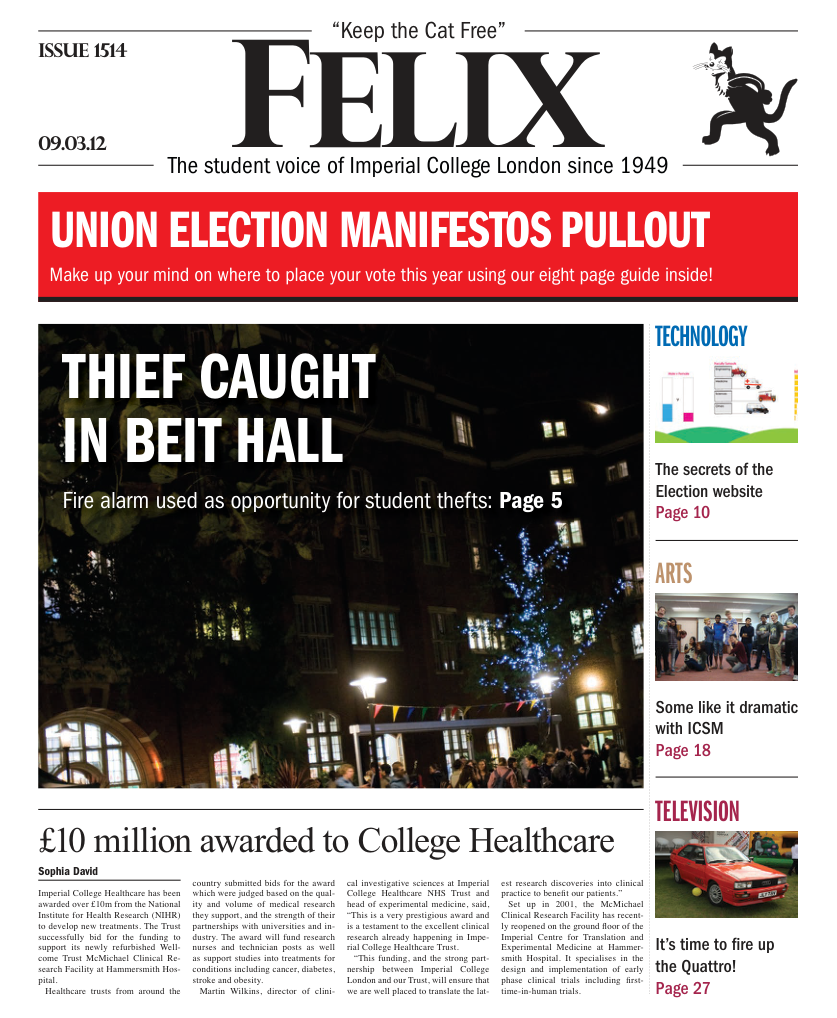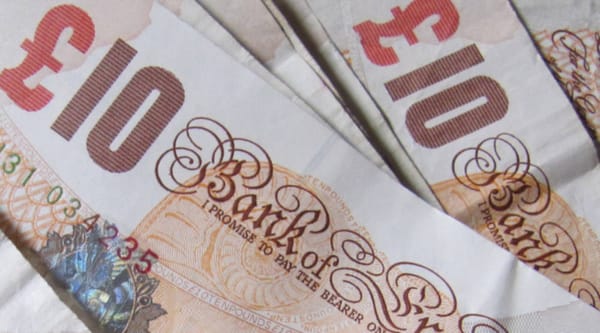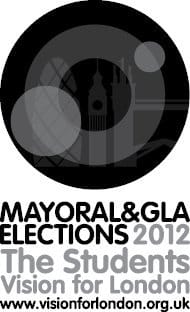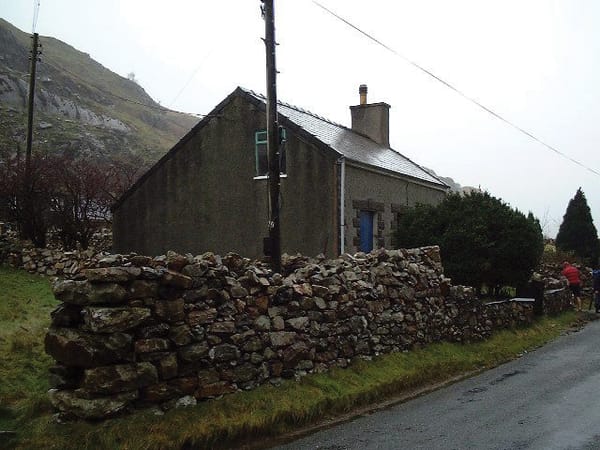Student protests: one year on
Luke Sheldon asks where the student movement is now, twelve months after it began
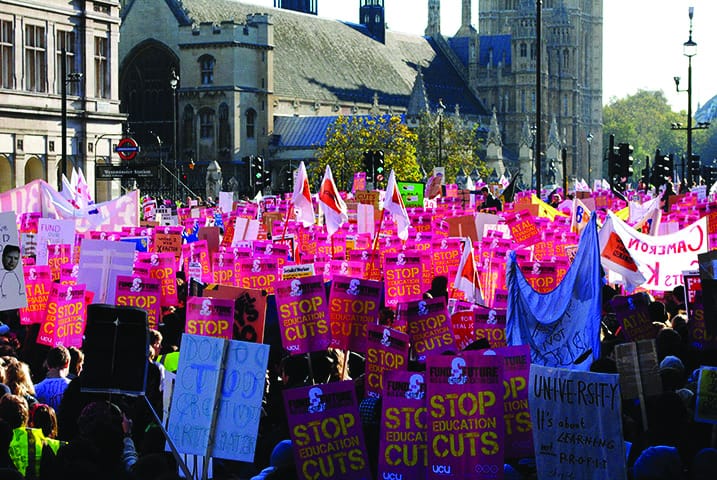
On the student march last term, as 10,000 people protesting against the government’s Higher Education white paper trundled through a path laid out by 4,000 riot police, a chant rose up: “Lets go back to Millbank, Na-Na-Na-Na, Hey!” But what is the student movement now?
Is it merely nostalgia for a sudden, short fight back against the fee increases in 2010; or, with the imminent NUS week of action, has it developed into a sustained campaign to prevent privatisation and increased competition in our already heavily socially divided university system?
Here, I discuss how the student movement has gone from Millbank to the first NUS-supported action since (happening next week).
On 10 November 2010 the NUS organised a 50,000 strong march that filled the streets of London. In the normal treatment of marches this was being given mild media coverage and almost no political attention until 2,000 students pushed past police lines into the Conservatives’ Millbank HQ. The lobby was destroyed, parties started and a sudden dynamic changed in the debate. A movement that had received reasonable cross-party support within the student population – I sat in planning meetings with devout Tories – now seemed to have split.
On one side remained those who believed change would happen by marching serenely from A to B, writing letters to MPs and calling on the NUS to lobby on their behalf. The other half demonstrated over the following two months how they believed the current political avenues were defunct, and how direct action was the solution – from occupying tens of university buildings (in one case for nine months!) to attempting to storm parliament on the day of the vote.
This spectrum of action has always existed but the autumn of 2010 was unique in a generation for the sheer quantity that abandoned the establishment line. As the Newsnight reporter Paul Mason observed, overnight Liberal Democrat supporters had morphed into black-bloc anarchists. In both political views and actions the main dissenting voice shifted to a more radical ideology. A number of student unions, who were originally against the fees, ended up removing their opposition in an attempt to work with the government.
I sat in planning meetings with devout Tories
Meanwhile those left on the streets became radicalised by the lack of concession from the state, and the severe police oppression that accompanied the protests. As the protests progressed the students were joined by school children and anti-cuts protestors (not all mutually exclusive). The scenes became more violent ending with the near death of Alfie Meadows from a police assault.
The more radical groups of the student movement organised in occupations and formed bodies such as the Education Activist Network and the National Campaign Against Fees and Cuts. These students called for the NUS president of the time, Aaron Porter, to resign due to his lack of support for, and even condemnation of, the occupations and protests after Millbank.
Since this split there has been little interaction between these two groups. However, due to the treatment of Porter the new NUS president, Liam Burns, used a more pro-activist stance during his campaign. Up until now this had lead to very little, with Michael Chessum (head of the National Campaign Against Fees and Cuts) remarking how poorly the student demo in the Autumn of 2011 was supported by NUS.
The march was organised by few people with little money, leading to complications that caused many student unions to pull their support and not pay for coaches.
Even though £9,000 fees will be imposed in autumn this year, the action against the government’s plans are picking up again - after a year of quiescence. The NUS are calling a week of action from 12–16 March where they want students walking out of campuses and lecture theatres across the country.
With higher fees seeming almost inevitable the NUS have changed tack and are focussing on government plans has to overhaul the university system.
The coalition’s plans involve the rapid privatisation of universities, with not just the go ahead given to low-end private providers, but also the encouragement for current universities to privatise. This poses the issue of not just a reduction in the quality of education as fees are siphoned off to pay board members, but also asset stripping – where valuable parts of the university, such as buildings and land, are sold to line the pockets of those same lucky board members.
The plans also allow the market failure of universities, which could cause great disruption to learning and the possibility that hidden costs (for lab equipment, fieldtrips, materials) will creep in on top of the fees.
Imperial, however, is unlikely to take part in the week of action. Not only does it have no obligation (with it not being a member of the NUS or ULU) but the president, Scott Heath, states that, “it is the same week as the union elections and we will be helping the students take part in the democracy here instead…also we won’t be encouraging a walk out as students come here for an education.”
This is not surprising, as not only did Imperial have no involvement in the first wave of student protest but also the changes will probably have little effect on Imperial, with them more likely to harm the universities attended by the poorest students.
Although, once again, the plans are moving away from the NUS and the student unions with student activists and more radical student unions calling for a ULU feeder march on the 14th of March ending in parliament square. With thousands already confirmed, there are calls on the NUS to support it, but there appears to be silence on their part.
The student movement was beginning to appear aligned as the week of action against the privatisation of universities approached; but cracks along old faults are starting to open again and the ideological divides seem unlikely to heal. While the opposition to the rest of the government plans, of which the fee increase was merely a start, begins to build, it seems the students will not fight back united.
The NUS seem set on toeing the line with the political class and do not want a repeat of Millbank. But after a year of anti-cuts and anti-capitalist action, there are large sections of the student community who have disaffected completely from party politics and seem unlikely to return.


